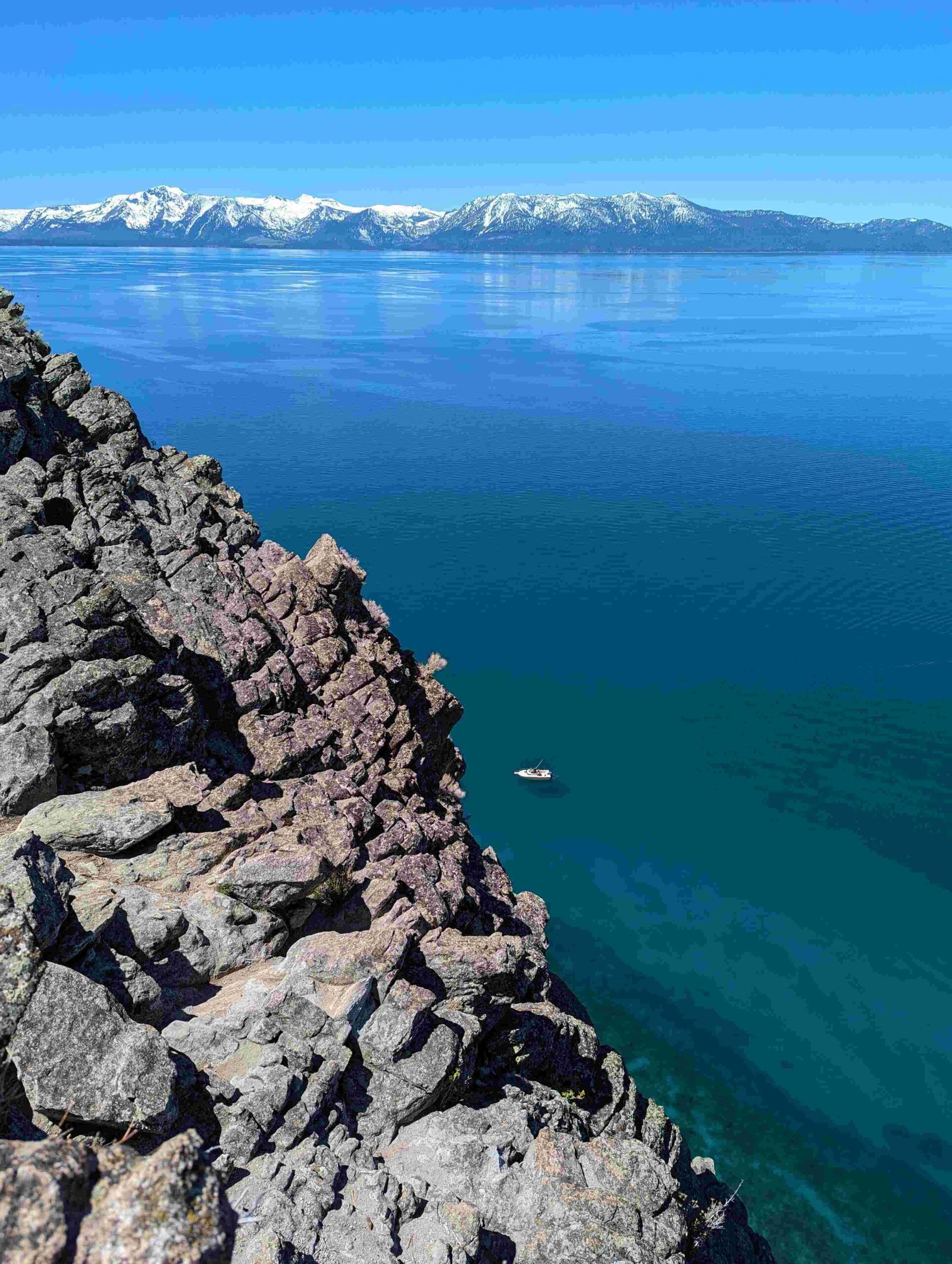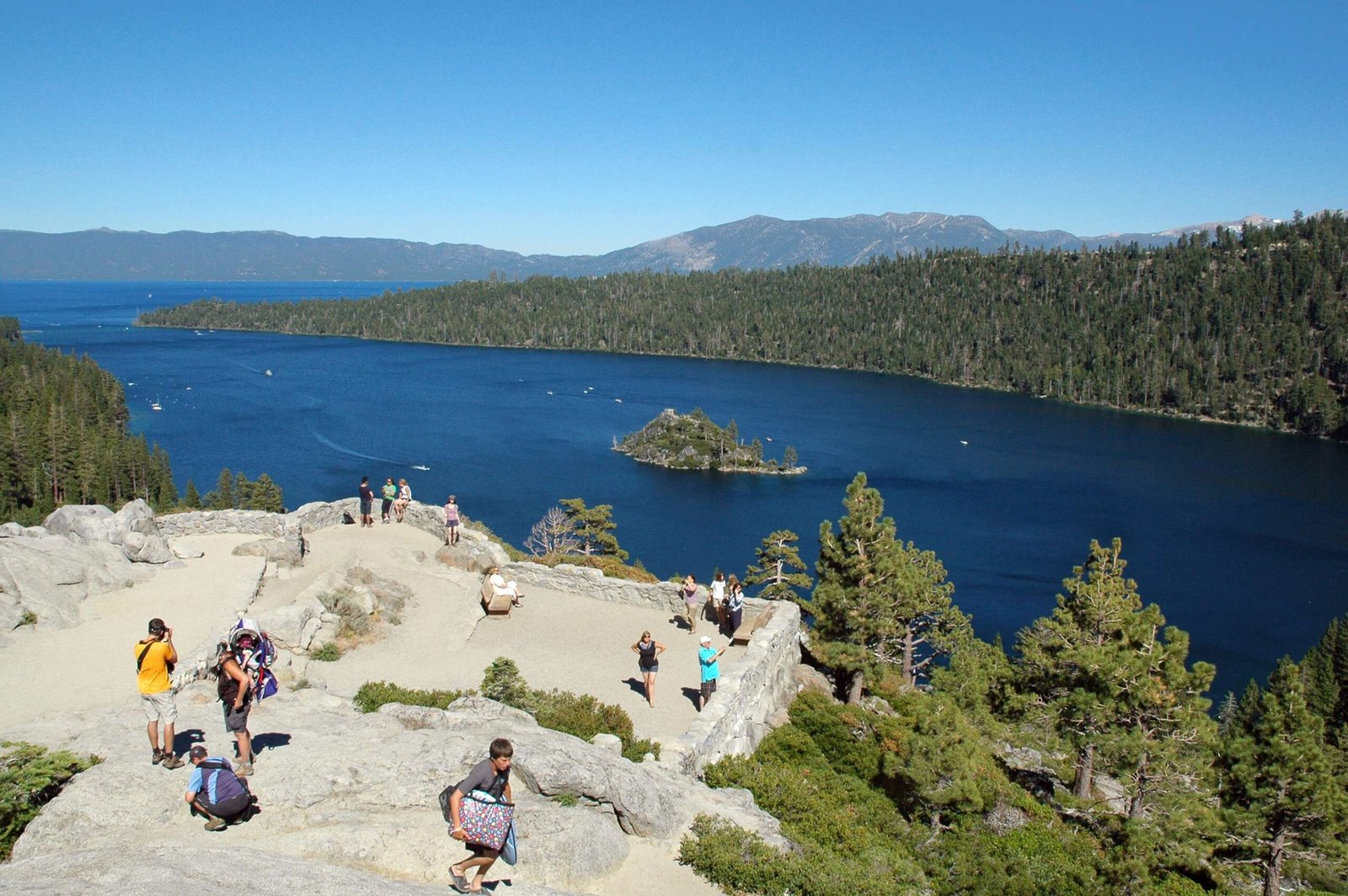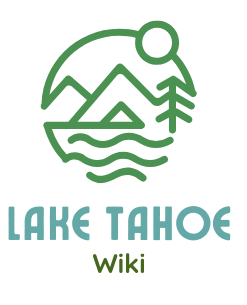Lake Tahoe represents a pristine alpine water ecosystem, boasting exceptional water clarity and environmental integrity. With an average Secchi depth of 70 feet, this remarkable lake maintains extraordinary pure water standards through rigorous environmental protection, scientific monitoring, and community-driven conservation efforts that preserve its crystalline characteristics and ecological balance.
What Makes Lake Tahoe Water So Pure?

How Does Geological Formation Contribute to Water Purity?
Lake Tahoe’s water purity stems from its unique geological formation. The lake, formed approximately two million years ago by tectonic activity, sits in a pristine alpine environment with minimal industrial interference. Its geological characteristics include:
- Granite bedrock foundation
- High-altitude mountain watershed
- Limited sedimentary input
- Natural filtration systems
| Geological Factor | Impact on Water Purity |
|---|---|
| Granite Bedrock | Minimal mineral leaching |
| Alpine Environment | Reduced human contamination |
| Mountain Watershed | Natural water filtration |
What Are the Primary Water Quality Measurements?
Scientific measurements reveal Lake Tahoe’s exceptional water quality:
- Clarity Measurements
- Average Secchi depth: 70 feet
- Seasonal variations between 60-80 feet
-
One of the clearest large lakes globally
-
Chemical Composition
- Low nitrogen levels
- Minimal phosphorus concentration
- Negligible heavy metal presence
How Do Environmental Agencies Protect Lake Tahoe’s Water?
Multiple agencies collaborate to maintain Lake Tahoe’s water purity:
- Tahoe Regional Planning Agency (TRPA)
- Strict development regulations
- Comprehensive watershed management
-
Continuous water quality monitoring
-
Environmental Protection Strategies
- Runoff control mechanisms
- Erosion prevention programs
- Invasive species management
What Challenges Threaten Lake Tahoe’s Water Purity?
Despite its pristine nature, Lake Tahoe faces potential water quality challenges:
- Climate change impacts
- Increased recreational activities
- Urban development pressures
- Atmospheric nutrient deposition
Can Visitors Contribute to Water Conservation?
Tourists and locals can support Lake Tahoe’s water preservation through:
- Following designated trail systems
- Practicing “Leave No Trace” principles
- Participating in community cleanup events
- Supporting local conservation organizations
What Scientific Research Supports Lake Tahoe’s Water Quality?
Ongoing research by institutions like UC Davis Tahoe Environmental Research Center provides critical insights:
- Long-term water quality tracking
- Climate change impact studies
- Ecosystem health assessments
- Predictive modeling for future conservation
How Does Water Purity Impact Local Ecosystem?
Lake Tahoe’s pure water supports a complex and diverse ecosystem:
- Native fish species preservation
- Aquatic plant biodiversity
- Wildlife habitat maintenance
- Microorganism ecological balance
Technical Water Quality Parameters

| Parameter | Measurement | Significance |
|---|---|---|
| Clarity | 70 feet | Exceptional transparency |
| Nitrogen | Low levels | Minimal algal growth |
| Phosphorus | Trace amounts | Reduced eutrophication risk |
Recommendations for Water Quality Preservation
- Support local conservation initiatives
- Minimize personal environmental footprint
- Educate others about Lake Tahoe’s ecological importance
- Advocate for sustainable development practices
Future Outlook for Lake Tahoe’s Water Purity
Continued scientific monitoring, community engagement, and proactive environmental policies suggest a promising future for maintaining Lake Tahoe’s extraordinary water quality.
Reference:
– TRPA Water Quality
– UC Davis Tahoe Environmental Research Center
– League to Save Lake Tahoe
